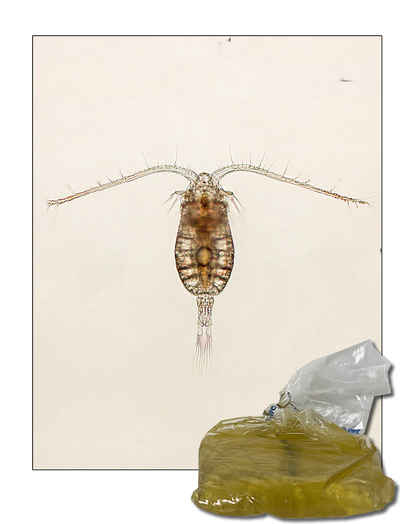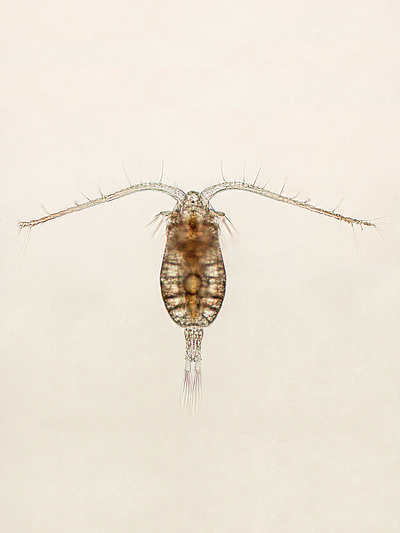


Parvocalanus crassirostris Copepods
2K Adult Parvocalanus crassirostris Copepods. Parvocalanus crassirostris is a small, pelagic calanoid copepod. Adults are in the 200 to 400 µm range. NOTE: Please read full description before purchase.
Product Description
Culturing Live Algae
NOTE: DUE TO THEIR HIGHLY SENSITIVE FEEDING MECHANISMS, THESE ANIMALS WILL ONLY ACCEPT LIVE ALGAE.
Before you plan to purchase and culture this animal, we suggest that you gain experience with culturing the algae. Reed Mariculture does not sell live algae starter cultures. We recommend that you always use Tisochrysis lutea (T-Iso) as the main feed. You can also use Isochrysis galbana. You can find live algae starter cultures here:
Provasoli-Guillard National Center for Marine Algae and Microbiota (NCMA) - Tisochrysis lutea
A diatom such as Thalassiosira weissflogii or T. pseudonana can also be added to the diet if you would like to take a binary feed approach.
NOTE: Nannochloropsis sp. is not an ideal feed for this animal and should never be incorporated into the diet.
- Acceptable temperature range is 24°C - 26°C (75.2°F - 78.8°F)
Culture temperature may be reduced to 19°C – 20°C (66.2°F – 68°F) to slow down reproduction and growth. - Overfeeding live algae can result in mortalities
We recommend that you start off with 50,000 cells of Tisochrysis lutea per ml of culture water. This cell concentration is ideal and should be maintained. - No direct light is required.
- Low aeration – 1 to 2 bubbles per second
- pH range of 8.0 - 8.2.
- Ammonia must not exceed 4ppm
ClorAm-X used to control ammonia. - Salinity range is 30 to 35ppt (1.023 to 1.026 specific gravity)
We recommend that you culture this copepod at the same salinity that your larval fish are in.
Below is a diagram of the different mesh sizes required for capturing the different life stages.
| Mesh Size (μm) | Life stages retained |
|---|---|
| 40 | All Adults, copepodites, late stage nauplii |
| 100 | Adults and large copepodites |
| 300 | Adults only, some loss |
Microscopic evaluation of the algae is preferable, but if you don’t have a microscope, simply
keep the water lightly tinted with live algae
- Overfeeding algae can cause problems with the culture. Overfeeding will result in algae and bacteria sticking to the bodies of the copepods, which creates a lot of drag on the animal resulting in stress and mortality.
- Excess feed will also create poor water quality conditions.
Run multiple culture vessels in case one crashes
- Inverted carboys with the bottoms cut off are acceptable culture tanks.
- A conical vessel with aeration from the very bottom is ideal.
- Perform 100% water changes weekly.
Daily inspection of the population
- Take a tank sample daily and perform a visual inspection of the pods.
- A healthy culture will consist of all size ranges including eggs. The copepods will be visibly dark if they are well fed and all water quality parameters are stable.
- Cutting off the air and shining a light into the culture vessels is another good method of assessing overall health.
- When the pods are healthy and well fed, they will react to light by rapidly swimming towards it.
Daily population estimates are ideal
- A good culture will consist of all size ranges and eggs.
- Population estimations will provide the aquarist with more resolution of how the culture is persisting.
- Copepods can be anesthetized with household vinegar. This will make counting a lot more accurate.
- Population estimates make feeding and harvesting more accurate.
- Keep adult numbers low to maximize nauplii production. We recommend no more than 3 adults per milliliter.
- Harvest nauplii daily and feed to larval fish.

